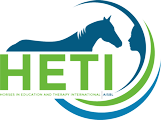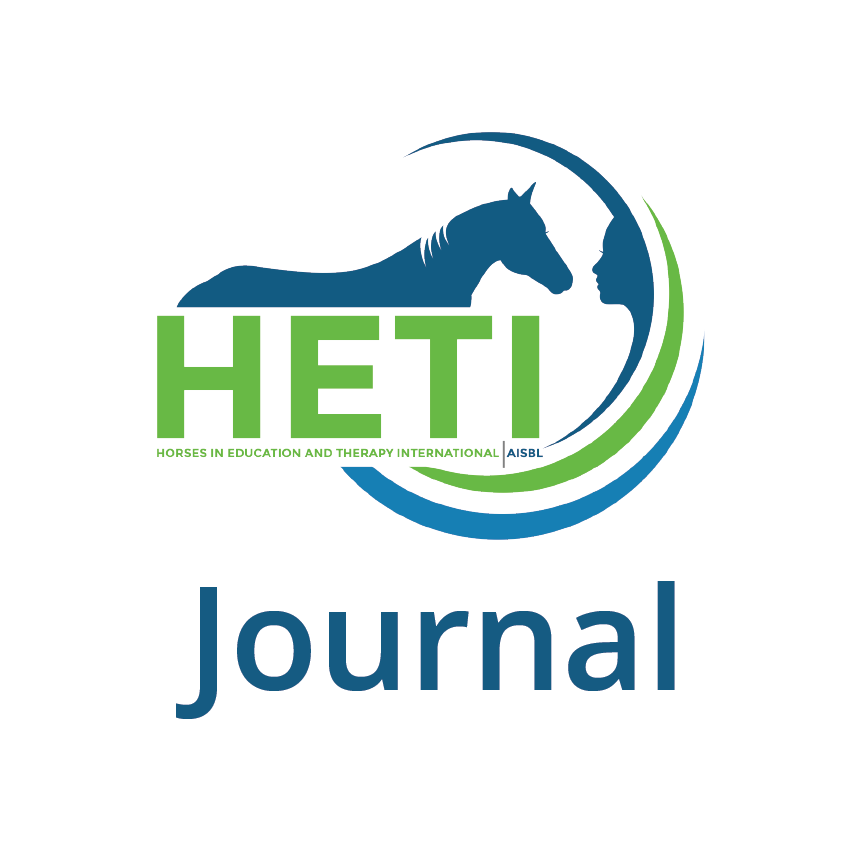The Effects of Therapeutic Horseback Riding on the Quality of Balance Control in Children with Attention Disorders
€5.00
| Author | H. John Yack, Carol Daly |
|---|---|
| Year | 1996 |
The purpose of this study was to measure the effect of a four-week therapeutic riding program on balance performance of children with attention deficit disorders. Two male volunteers, ages 9 and 10, who were able to ambulate independently and scored more than two standard deviations below scores on the balance subtest of the Bruininks-Oseretsky Test of Motor Proficiency (BOTMP) participated in this study. Subjects rode a horse for one hour, three times a week, in a four-week riding program. Balance was assessed twice a week during the week prior to the start of the riding program and thereafter for the duration of the riding program. Standing balance was assessed using the six conditions of the Pediatric Clinical Test of Sensory Interaction for Balance (P- CTSIB). Walking balance was assessed by measuring the smoothness of their walking patterns using vertical, medial-lateral, and anterior-posterior head and trunk accelerations. In this single subject design the six scores from the P-CTSIB and the six accelerometry values averaged over 10 gait cycles were plotted over the five-week period to examine the existence of trends in the data that could be associated with the intervention. The most dramatic changes on the P-CTSIB occurred in the two support surface conditions with the eyes open. The positive trends in the other P-CTSIB measures tended to be more variable and less dramatic. The accelerometry data improved for one subject, but remained unchanged for the other subject whose values were within a normal range at
the beginning of the testing. The balance subtest of the BOTMP was repeated at the completion of the riding program and showed the scores for both subjects had improved to be within one standard deviation of normative scores. While it is not possible to rule out the influence of learning on the improvements in the P-CTSIB, when these results are taken in conjunction with the results from the gait analysis and the BOTMp, it was concluded that the improvements in the balance of these children was associated with the therapeutic riding program.

